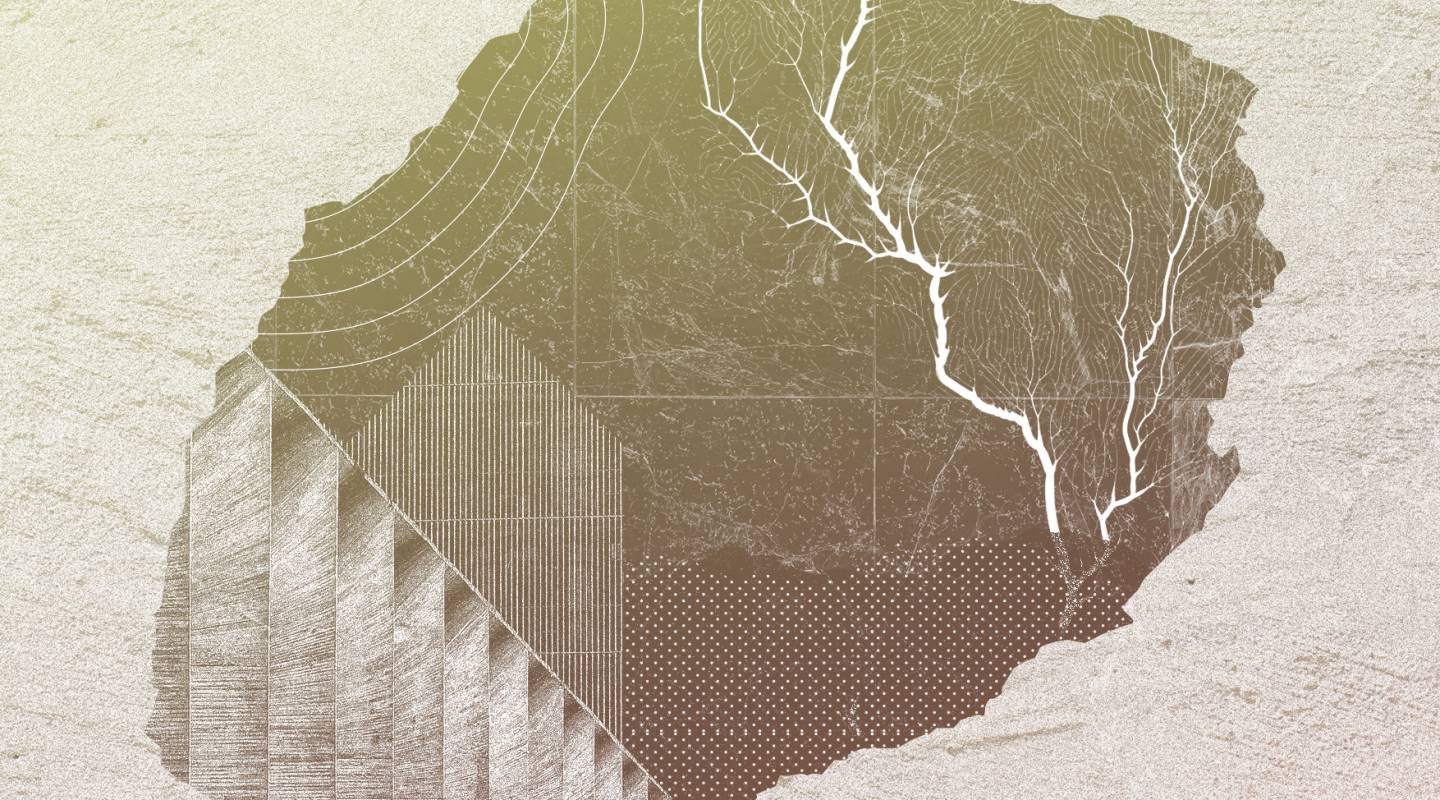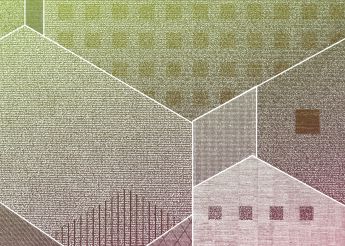JD. I joined the prison service as an operations officer in 2007, working in a Victorian prison that had been built in the late 1800s: HMP Aberdeen. It is now demolished as a large proportion of our prison estate has been rebuilt in the last two decades. We have similar models to the CCUs, such as Community Integration Units (CIUs), but they exist within secure custodial environments in two facilities: HMP Grampian and HMP Greenock. There has been a cultural shift in the last decade or so.
We published a full organisational review in 2012 where our stated mission, vision, values and priorities were redefined. The principle was: You come to prison as punishment. You don’t come to prison to be punished. We’re here to support and promote rehabilitation. Our mission statement became about unlocking potential in helping people transform their lives to contribute to society upon release.
For women, the shift towards current policy was initiated in 2012 when the Commission on Women Offenders published the Angiolini Report making approximately 37 recommendations on how women should be managed in justice. Eight of those recommendations applied to the Scottish Prison Service, and the work that I’ve been involved in for the last five years has been devoted to realising and delivering our commitment to them. When we started in 2012, there were around 430 women in custody. The plan put forward in 2012 was to demolish Cornton Vale, the only women’s prison at the time, and replace it with a single prison on the West Coast for all women in custody across Scotland. That was met with a fair bit of opposition from various stakeholders who argued it didn’t align with the Angiolini report recommendations.
In 2015, a new plan set out to build a smaller national prison for the most high-risk and need women. Up to five CCUs are to be built to allow women to live closer to home and maintain relationships with their community. Before opening the CCUs, we initially encountered some challenges and objections from the local community. For example, the Dundee community was concerned about the impact it would have, especially considering the CCU was being built in a residential area.
Face-to-face community engagement was done with local authorities and community members to get their approval and start building the units. We did a lot of presentations at the local community centre to explain what we were trying to build and answer questions. That continued during the whole construction process right up until we opened the facility and people were able to come in and see for themselves.
In Glasgow, a lot of the questions asked by community members were actually about how the women would be kept safe. Currently, an evaluation period is underway, for the two already existing, until 2025 to determine whether CCUs are effective, if the remaining three should be built, and to identify good practices which could be applied to other population groups. We’ve had support and investment from the highest levels of government and organisations. We were asked to develop a model that would be transformative and world leading. Today, they have become an integral part of our new model and complementary to other existing facilities. The goal is to have a range of models suitable for different contexts and needs. We’re in the early stages of thinking about how we can widen the reach of CCUs to more women without increasing risk profiles.





